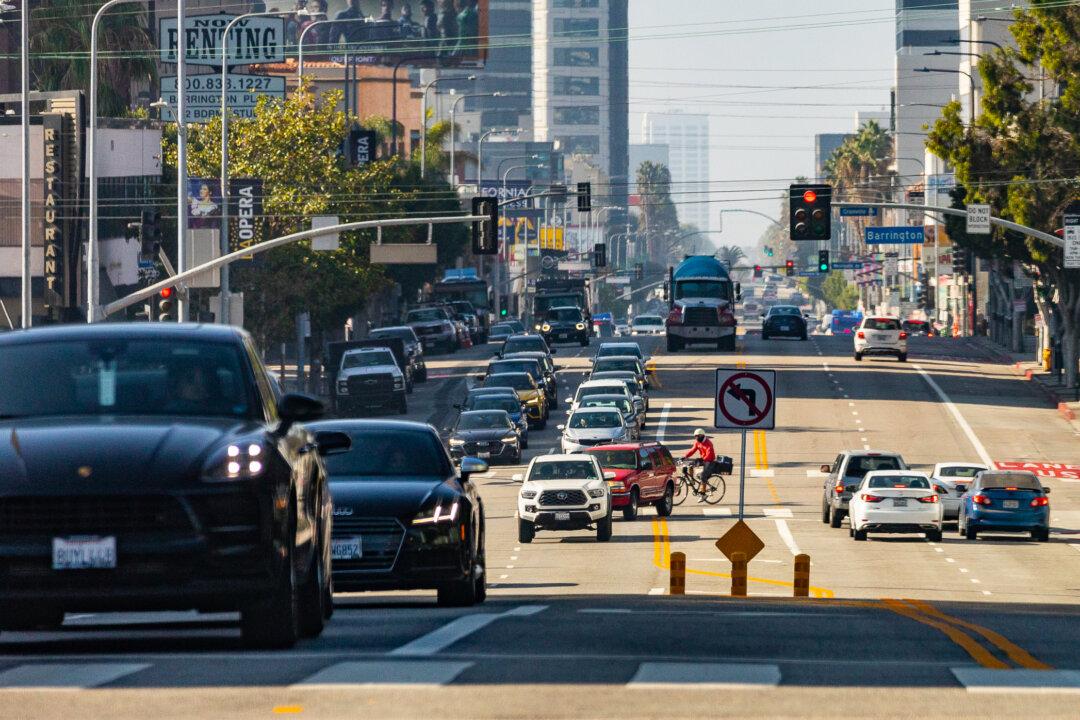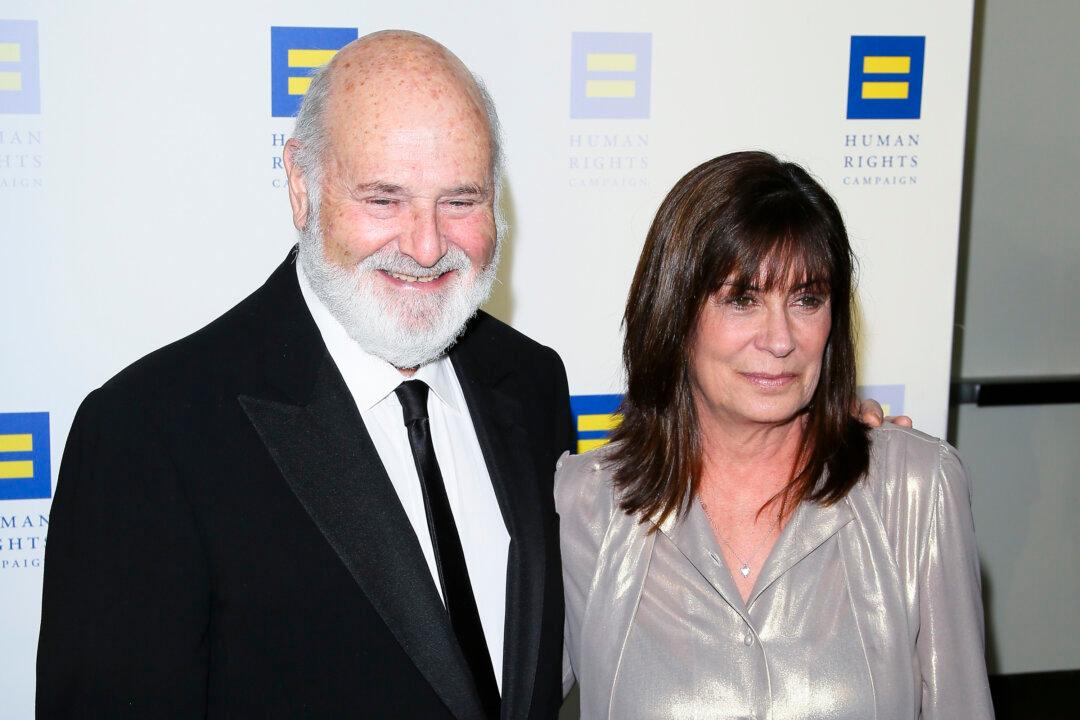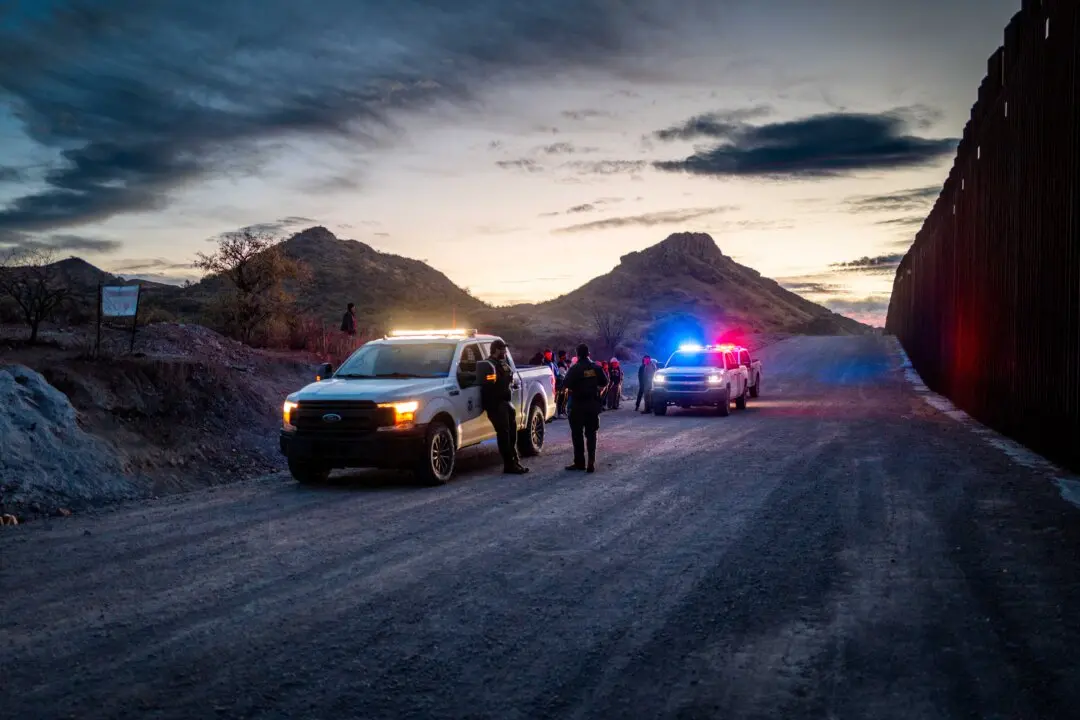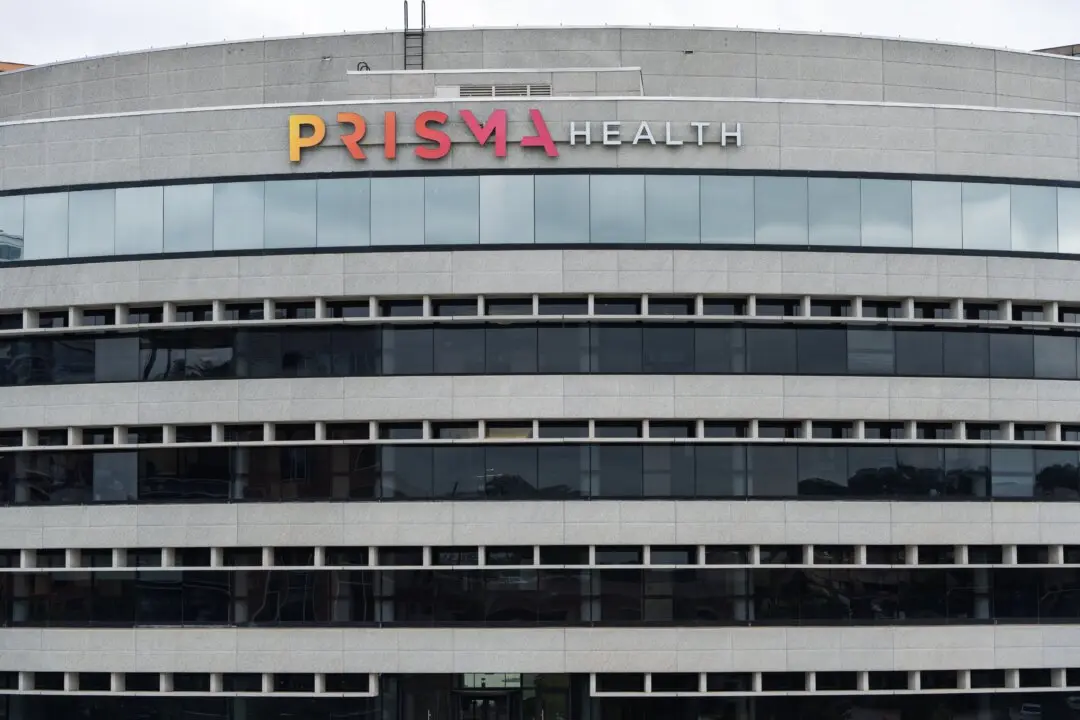Traffic cameras will soon be able to ticket speeding drivers in six of California’s largest cities after Gov. Gavin Newsom signed into law a speed safety system pilot program on Oct. 13.
Assembly Bill (AB) 645, by Assemblywoman Laura Friedman (D-Burbank), will allow the cities of Los Angeles, San Jose, Oakland, Glendale, and Long Beach, and the city and county of San Francisco to establish a five-year pilot program to install speed cameras in “high-accident” corridors, school zones, or areas known for street racing.





